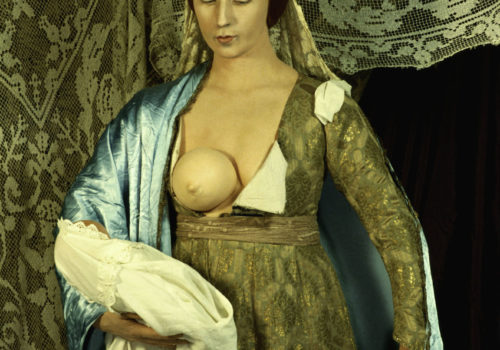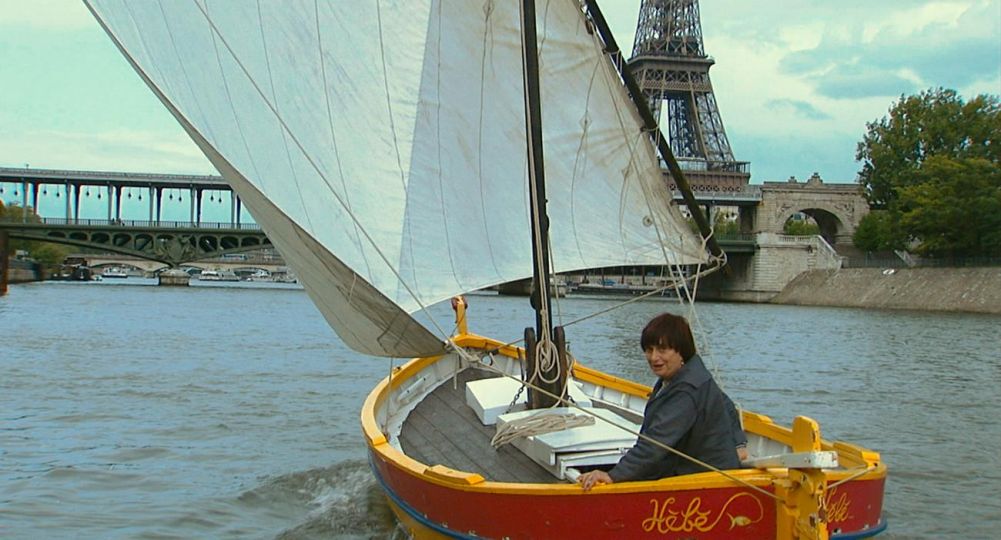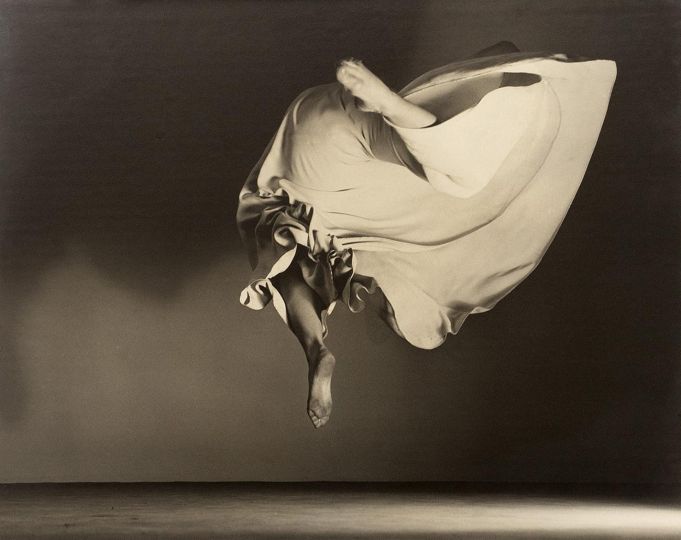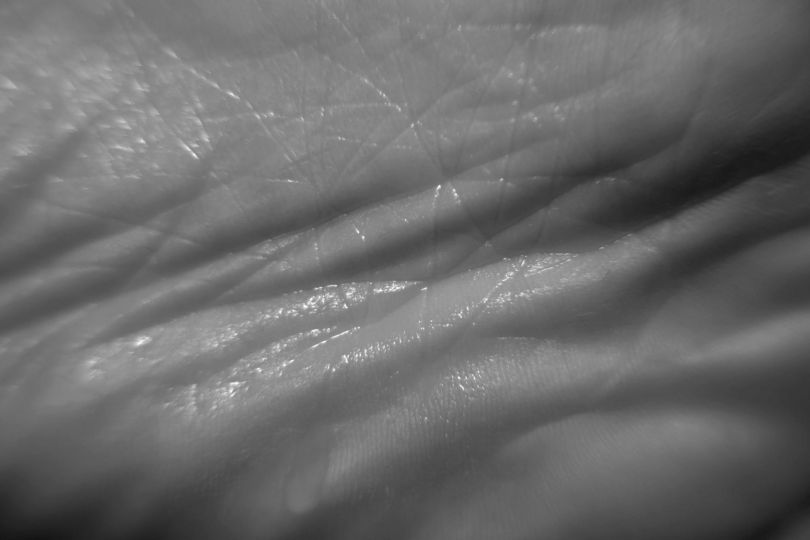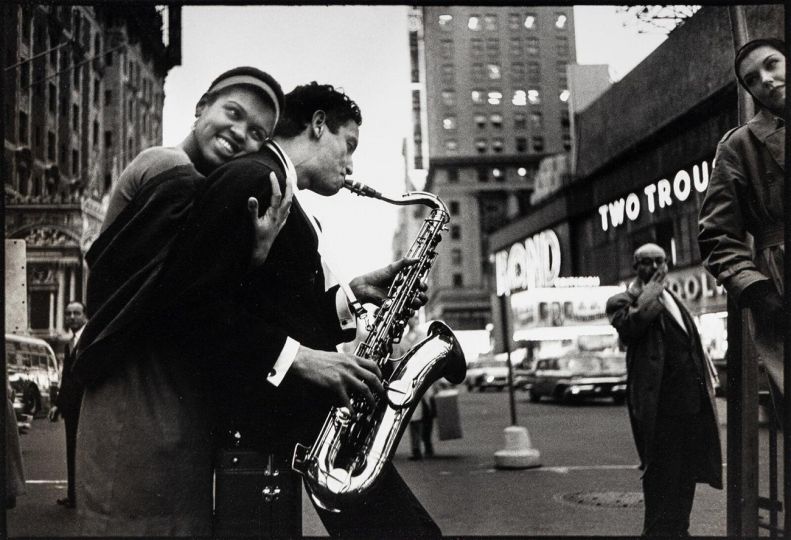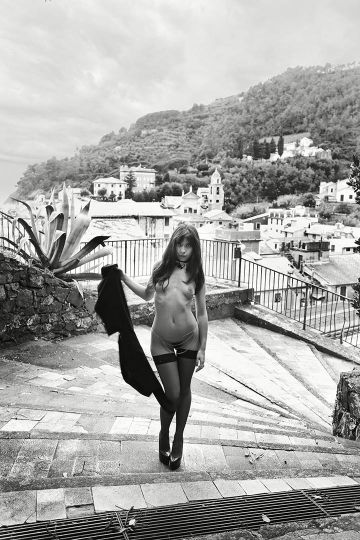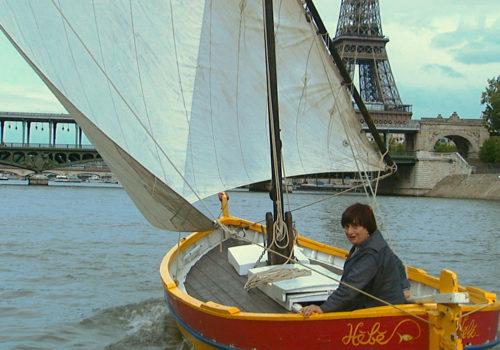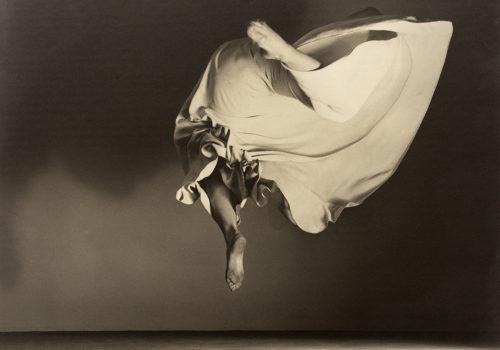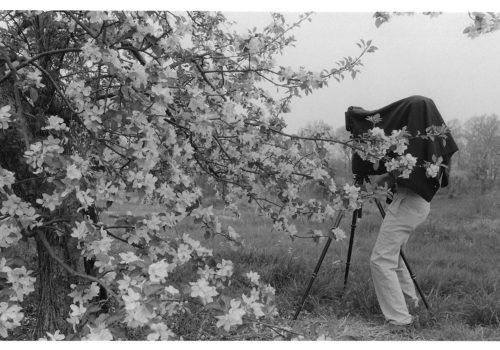To mark the opening of the stunning Cindy Sherman retrospective at the MoMA this season, we spoke with the exhibition’s curator, Eva Respini. She took us through this unique contemporary photographer’s method and influences.
At first sight, Cindy Sherman’s photographs look like self-portraits, but you write that they are not.
Eva Respini: Cindy Sherman is her own model. She’s her own photographer, make-up artist, hairstylist and costume designer. She works alone in her studio without an assistant. But her photographs aren’t self-portraits. They’re characters that she’s invented, and there isn’t a single case where they comment on Sherman herself or her own personality. It’s more a question of the nature of identity. The characters are familiar archetypes, people we might have seen in a film or painting.

